Canon EOS R50 — 2025 Creator & Livestreaming Guide
The Canon EOS R50 is one of the most popular entry‑level APS‑C mirrorless cameras. If you’re a creator, educator, marketer, or event team exploring the EOS R50 for content, webinars, or hybrid events, this guide gives you the no‑fluff, 2025‑ready take: what it’s great at, what to pair it with, and when to step up to the EOS R50 V or a different body.
When scale, precision, brand experience, and business impact matter, industry leaders choose Virtual Studio—for livestreams, hybrid events, and virtual production that just works
Who this Canon EOS R50 guide is for
Here’s what most buyers want to know:
- A clear picture of specs & image quality for video and photo
- Straight answers on streaming & webcam use (clean HDMI, UVC/UAC, EOS Webcam Utility)
- Practical buying advice vs alternatives (e.g., EOS R50 V IN , R10 , Sony ZV‑E10 IN) and the best accessories
That’s exactly what this guide delivers, plus event‑grade workflows you can grow into.
Canon EOS R50 at a glance (key specs & highlights)
Quick reference you can screenshot and share with the team.
| Spec | Canon EOS R50 |
| Sensor | 24.2MP APS‑C (22.3×14.9mm) |
| Processor | DIGIC X |
| Video | 4K up to 30p (oversampled from 6K), FHD 120p |
| Color/Codec | 8‑bit H.264/265; 10‑bit HDR PQ/HLG options for video (profiles vary by region/firmware) |
| Autofocus | Dual Pixel CMOS AF II, subject detection (people/animals/vehicles) |
| Stills Burst | up to 12 fps (EFCS), 15 fps (electronic) |
| IBIS | No (lens IS + Movie Digital IS) |
| Ports | USB‑C (USB 2.0 speed), micro‑HDMI (Type‑D), 3.5mm mic in; no headphone jack on R50 |
| Power | LP‑E17; USB‑PD support for in‑camera charging/power |
| Weight | ~375g with card & battery |
| Streaming | Clean HDMI; UVC/UAC webcam supported on certain SKUs/firmware; otherwise use EOS Webcam Utility |
| Spec | Canon EOS R50 |
| Sensor | 24.2MP APS‑C (22.3×14.9mm) |
| Processor | DIGIC X |
| Video | 4K up to 30p (oversampled from 6K), FHD 120p |
| Color/Codec | 8‑bit H.264/265; 10‑bit HDR PQ/HLG options for video (profiles vary by region/firmware) |
| Autofocus | Dual Pixel CMOS AF II, subject detection (people/animals/vehicles) |
| Stills Burst | up to 12 fps (EFCS), 15 fps (electronic) |
| IBIS | No (lens IS + Movie Digital IS) |
| Ports | USB‑C (USB 2.0 speed), micro‑HDMI (Type‑D), 3.5mm mic in; no headphone jack on R50 |
| Power | LP‑E17; USB‑PD support for in‑camera charging/power |
| Weight | ~375g with card & battery |
| Streaming | Clean HDMI; UVC/UAC webcam supported on certain SKUs/firmware; otherwise use EOS Webcam Utility |
Why creators love it
- Oversampled 4K 30p looks crisp for YouTube, webinars, and social.
- Canon color and Dual Pixel AF II make run‑and‑gun shooting easy.
- Light, affordable, and beginner‑friendly—but still good enough to grow with.
Where it compromises
- No IBIS (you’ll rely on lens IS or rigs).
- Single UHS‑I SD slot and modest buffer.
- Micro‑HDMI is fragile; plan your cabling.
Canon EOS R50 for video & livestreaming
Image quality: 4K oversampled from 6K, 10‑bit options & color
Oversampled 4K/30p from the full sensor width is the R50’s sweet spot—sharp detail without the harsh moiré you sometimes see on line‑skipped 4K. For slow‑motion b‑roll, 1080/120p is available (note: high‑frame‑rate clips typically record without audio). If your delivery is 1080p (most webinars are), downscaling that oversampled 4K gives a noticeably cleaner, more “broadcast” look.
Color is where Canon shines: skin tones, product color, and white balance feel natural with minimal grading. If you grade, look for HDR PQ/HLG modes in 10‑bit on recent builds—great for social clips or events with HDR displays.
Autofocus & subject tracking for creators
Canon’s Dual Pixel CMOS AF II is sticky and confident for faces, eyes, and moving subjects. It’s a huge win for one‑person setups: you can walk into frame and the focus just snaps. In controlled studio setups, switch to Face/Eye priority and Tracking; for live demos, use Spot AF or a focus box assigned to a function button.
Stabilization: what you get (and what you don’t)
The EOS R50 does not include in‑body image stabilization (IBIS). You’ll lean on lens IS and Movie Digital IS. For talking heads on sticks, you won’t miss IBIS. For walking vlogs, consider:
- RF‑S lenses with optical IS (e.g., 18‑45mm kit, 18‑150mm)
- A lightweight gimbal
- Shooting 60–90‑second walking shots and cutting smartly
Clean HDMI, UVC/UAC & EOS Webcam Utility for streaming
You’ve got three good paths to go live with the Canon EOS R50:
- Clean HDMI → capture card (most reliable)
- Use a short, high‑quality micro‑HDMI (Type‑D) to full‑size HDMI cable and secure it (tether clamp).
- Feed 1080p to your switcher/encoder for stability; many encoders will auto‑negotiate.
- USB‑C webcam mode (UVC/UAC)
- Certain R50 SKUs/firmware enable class‑compliant webcam operation via USB. That means plug‑and‑play with Zoom/Teams/Meet and many switchers.
- If your unit doesn’t expose UVC/UAC, install EOS Webcam Utility (free or Pro) to use USB as a webcam.
- Wi‑Fi via EOS Webcam Utility Pro (wireless)
- Handy for flexible camera placement. Factor in Wi‑Fi congestion and keep a wired plan B for critical broadcasts.
For event‑grade reliability, HDMI + hardware encoder (or HDMI into a switcher) beats wireless every time.
Setting up the Canon EOS R50 for livestreaming
The most reliable path: HDMI to hardware
If your event or webinar must not fail, use clean HDMI from the R50 into a capture card (single camera) or a hardware switcher (multicam). Set the camera to 1080p output and your encoder to a conservative bitrate (4–6 Mbps for 1080p RTMP), and lock white balance/exposure to avoid mid‑stream shifts.
Checklist:
- Micro‑HDMI → HDMI cable with clamp
- AC power (ACK‑E18) or USB‑PD power bank
- Manual exposure (1/60 or 1/50 for 30/25p), fixed WB (e.g., 5600K)
- Face/Eye AF for presenters
- Program audio managed off‑camera (mixer/interface)
USB streaming (UVC/UAC or EOS Webcam Utility)
If your Canon EOS R50 IN supports UVC/UAC, it will show up as a standard webcam over USB—plug‑and‑play for Zoom/Teams/Meet and many switchers. If your unit doesn’t, install EOS Webcam Utility (free or Pro). USB is convenient for mobile creators or corporate teams that can’t add encoders to locked‑down laptops.
Caveats:
- Some software limits resolution/frame rate—test your stack.
- USB streams depend on the host computer’s stability; avoid long USB runs.
Wireless via EOS Webcam Utility Pro
Useful in smaller rooms when you must avoid cables. For mission‑critical streams, keep wireless as backup b‑roll or a mobile angle. Bonded Ethernet will always beat Wi‑Fi when money and reputation are on the line.
Picture profiles & color for a fast post pipeline
If you’re delivering live plus quick‑turn edits, consistency saves time. Options:
- Standard/Neutral for out‑of‑camera color that needs minimal correction.
- HDR PQ/HLG (10‑bit) if you want HDR delivery or extra headroom for graphics and LED walls.
- Custom: fine‑tune contrast/saturation to match other cameras on your stage.
Build a looks library—a handful of LUTs/presets that travel between cameras and editors so your brand always looks the same.
Canon EOS R50 for photography
24.2MP APS‑C stills, burst rates & buffer
The 24.2MP sensor is a modern, flexible resolution for social, blogs, and large web banners. You can shoot up to 12 fps with Electronic First Curtain (reduced rolling shutter) or 15 fps with the full electronic shutter. The buffer clears fast enough for everyday action but will feel tight compared to higher‑end bodies—use fast UHS‑I cards and pre‑focus for peak moments.
Low‑light performance & color science
ISO performance is solid for APS‑C; expose to protect highlights and let Canon’s color science do the heavy lifting. In mixed light (office LEDs + window), white balance remains stable. For events, shoot RAW+JPEG and apply a custom LUT or preset for consistency across a multi‑camera team.
| Feature | R50 | R50 V |
| Sensor/Processor | 24.2MP APS‑C / DIGIC X | 24.2MP APS‑C / DIGIC X |
| Max 4K | 4K/30p | Up to 4K/60p (video‑focused feature set) |
| Viewfinder & Flash | EVF + built‑in flash | No EVF, no flash (lighter, vlog build) |
| Headphone Jack | No | Yes (monitor audio) |
| Streaming | Clean HDMI; UVC/UAC on certain builds; EOS Webcam Utility | Clean HDMI; UVC/UAC plug‑and‑play emphasized |
| Controls/Ergonomics | Traditional stills camera feel | Additional record button, vlog‑friendly grip |
| Who it’s for | Hybrid shooters (photo + video) | Video‑first creators, streamers, vloggers |
Bottom line: If you value an EVF for photography, choose the R50 IN . If you’re video‑first and want streamlined streaming with a headphone jack and 4K/60p, the R50 V IN is the smarter buy.
| Feature | R50 | R50 V |
| Sensor/Processor | 24.2MP APS‑C / DIGIC X | 24.2MP APS‑C / DIGIC X |
| Max 4K | 4K/30p | Up to 4K/60p (video‑focused feature set) |
| Viewfinder & Flash | EVF + built‑in flash | No EVF, no flash (lighter, vlog build) |
| Headphone Jack | No | Yes (monitor audio) |
| Streaming | Clean HDMI; UVC/UAC on certain builds; EOS Webcam Utility | Clean HDMI; UVC/UAC plug‑and‑play emphasized |
| Controls/Ergonomics | Traditional stills camera feel | Additional record button, vlog‑friendly grip |
| Who it’s for | Hybrid shooters (photo + video) | Video‑first creators, streamers, vloggers |
Bottom line: If you value an EVF for photography, choose the R50 IN . If you’re video‑first and want streamlined streaming with a headphone jack and 4K/60p, the R50 V IN is the smarter buy.
Canon EOS R50 vs key rivals
| Camera | Sensor | 4K Video | IBIS | Audio I/O | Notable Strength |
| Canon EOS R50 IN | 24.2MP APS‑C | 4K/30 oversampled | No | Mic in (no HP) | AF, color, value |
| Canon EOS R10 | 24.2MP APS‑C | 4K/60 (crop), 4K/30 oversampled | No | Mic in (no HP) | Faster stills, more controls |
| Sony ZV‑E10 IN | 24.2MP APS‑C | 4K/30 | No | Mic in, HP out | Streaming‑first features, ecosystem |
| Camera | Sensor | 4K Video | IBIS | Audio I/O | Notable Strength |
| Canon EOS R50 IN | 24.2MP APS‑C | 4K/30 oversampled | No | Mic in (no HP) | AF, color, value |
| Canon EOS R10 | 24.2MP APS‑C | 4K/60 (crop), 4K/30 oversampled | No | Mic in (no HP) | Faster stills, more controls |
| Sony ZV‑E10 IN | 24.2MP APS‑C | 4K/30 | No | Mic in, HP out | Streaming‑first features, ecosystem |
Interpretation: If you need 4K/60 occasionally and want Canon color, the R10 (with crop caveats) is worth a look. If headphone monitoring is non‑negotiable in this price tier, ZV‑E10 or R50 V are better fits. For the best autofocus + color at the lowest friction, the R50 remains an easy recommendation in 2025.
Lenses for the Canon EOS R50 (RF‑S, RF, and adapted EF/EF‑S)
One advantage of the EOS R system is flexibility:
- RF‑S native zooms for everyday work:
- RF‑S 18‑45mm f/4.5‑6.3 IS STM (compact kit lens)
- RF‑S 18‑150mm f/3.5‑6.3 IS STM (one‑lens travel/event)
- RF‑S 18‑45mm f/4.5‑6.3 IS STM (compact kit lens)
- RF primes (full‑frame) that shine on APS‑C:
- RF 35mm f/1.8 Macro IS → ~56mm equiv. portrait/product
- RF 50mm f/1.8 → ~80mm equiv. portraits
- RF 35mm f/1.8 Macro IS → ~56mm equiv. portrait/product
- Adapted EF/EF‑S via Canon EF‑EOS R adapter IN: value and variety (e.g., EF‑S 10‑18mm IN for ultrawide rooms/stages; EF 50mm f/1.8 for budget portraits)
For live demos and webinars, a stabilized zoom (18‑45 or 18‑150) plus one fast prime covers 90% of needs.
Streaming & hybrid event setups with the Canon EOS R50
Below are battle‑tested rigs that scale from solo creator to enterprise event.
Single‑camera pro webinar rig (budget)
- Canon EOS R50 IN + RF‑S 18‑45mm kit
- AC power: Canon ACK‑E18 IN or USB‑PD power bank
- USB‑C UVC/UAC or clean HDMI into a USB capture card
- Mic: 3.5mm on‑camera shotgun (Røde VideoMic IN/Deity IN)
- Lights: 2× LED panels (key + fill), soft diffusion
- Software: Zoom/Teams/Meet or OBS/VMix
Why it works: Clean, reliable picture with great AF. Upgrade the mic first, then lights.
Two‑camera studio for podcasts & virtual events (mid‑range)
- 2× EOS R50 bodies (host + guest angles)
- HDMI to a compact switcher (ATEM Mini or similar)
- Audio: XLR interface or small mixer feeding the switcher; lavs or dynamics
- Lighting: 3‑point per subject (key/fill/hair)
- Graphics: Lower thirds & bumpers for a broadcast polish
Why it works: Multicam storytelling with live switching, clean supers, and solid sound.
Multicam hybrid event workflow (advanced)
- 3–6× EOS R50 (or mix with R50 V/R10) on tripods/sliders
- HDMI/SDI via converters into a rack switcher
- Hardware encoder for RTMP/SRT to CDN(s)
- Comms: tally & intercom for crew
- Redundancy: dual encoders, bonded internet, backup power
- Accessibility: live captions & multi‑language audio
Why it works: You get Canon’s dependable AF/color across cameras, with event‑grade reliability.
Need a turnkey team for town halls, product launches, investor days, and training? Virtual Studio live streaming • Hybrid events • Webinars
Accessories checklist (creator, livestream, and event kits)
Power & mounting
- Canon ACK‑E18 IN AC adapter or USB‑PD power delivery bank
- Arca plate + micro‑HDMI cable clamp
- Sturdy video tripod or fluid head
Audio
- On‑camera shotgun (quick setup)
- Wireless lav kit for presenters
- Audio interface or mixer if you’re switching
Monitoring & control
- 5–7” HDMI monitor with secure cable management
- Remote control app; tally via switcher if multicam
Lighting
- 2× LED panels (soft key + fill), small hair light
- Softboxes or umbrellas to tame shadows
Storage & media
- UHS‑I V30 SD cards IN (spares)
- Reader + redundancy strategy (NAS/cloud)
Troubleshooting & pro tips
- Micro‑HDMI anxiety? Use a cable clamp and short lead to a pigtail. Tape the pigtail; replace it if it ever feels loose.
- Focus hunting under LEDs? Lock shutter to the local power frequency (1/50 in 50Hz regions, 1/60 in 60Hz) and set AF to Face/Eye + Tracking.
- Color mismatch across cameras? White balance all units to the same Kelvin; run a color checker before doors.
- Overheat paranoia? Cool room temps, external power, and HDMI output to the switcher reduce internal processing.
Audio drift? Keep all audio on one clock (your mixer/switcher) and avoid ingesting camera audio unless it’s a sync scratch track.
What to buy (and in what order)
- Audio (mics, interface): viewers forgive soft video, not bad sound.
- Lighting: consistent, flattering, on brand.
- Mounting & power: tripods, clamps, AC adapters.
- Cameras: start with R50, add angles as you grow.
Switcher/encoder: when your show needs polish and redundancy.
Pricing, bundles & where the value is in 2025
The Canon EOS R50 IN remains one of the best value mirrorless cameras for creators who need excellent 4K 30p, reliable autofocus, and simple streaming options. If you need headphone monitoring or 4K 60p, the R50 V IN is compelling with a vlog‑centric design. For photo‑leaning users who want more physical controls and occasional 4K/60 (with crop), consider the R10.
Smart budget tip: Spend first on audio and lighting; your audience will notice those upgrades more than micro‑differences in camera bodies.
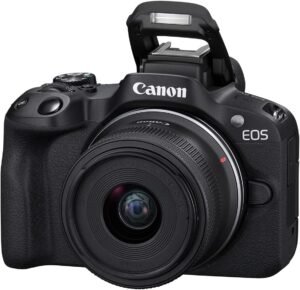
Canon EOS R50 Mirrorless Camera
Frequently Asked Questions (Canon EOS R50)
1) Is the Canon EOS R50 IN good for livestreaming?
Yes. It offers clean HDMI and—on certain SKUs/firmware—UVC/UAC webcam operation via USB. Otherwise, EOS Webcam Utility (free/Pro) turns USB output into a webcam signal. For mission‑critical broadcasts, prefer HDMI to a hardware encoder/switcher.
2) Does the Canon EOS R50 IN have in‑body stabilization (IBIS)?
No. Use lenses with optical IS and/or Movie Digital IS, or add a gimbal for movement.
3) Can the Canon EOS R50 IN record beyond 30 minutes?
Yes, recent builds support extended recording (look for the “longer than 30 min” note in Canon’s literature). Keep an eye on battery/heat in warm rooms.
4) Does the Canon EOS R50 IN have a headphone jack?
The R50 does not include a headphone jack; it does have a 3.5mm microphone input. The R50 V IN variant adds a headphone jack for monitoring.
5) Is the Canon EOS R50 IN better than the Sony ZV‑E10 IN for streaming?
It depends. The R50 shines with Canon AF/color and oversampled 4K/30; the ZV‑E10 includes a headphone jack and deep streaming features. If you’re Canon‑leaning or want the option to pair with other EOS R bodies later, the R50 is a strong pick. For headphone monitoring at this price, ZV‑E10 IN or R50 V IN wins.
6) Does the Canon EOS R50 IN have clean HDMI?
Yes, clean HDMI is available. Use quality micro‑HDMI (Type‑D) → full‑size HDMI cabling and secure it.
7) What’s the difference between 4K oversampled and 4K line‑skipped?
Oversampled 4K (R50 at 30p) reads more sensor data and downsamples it, yielding sharper detail and fewer artifacts than line‑skipped 4K
8) Which lenses should I buy first for the R50?
Start with the RF‑S 18‑45mm (everyday) plus a fast prime (e.g., RF 35mm f/1.8). Add RF‑S 18‑150mm for travel/events. Adapted EF/EF‑S lenses are great value.
9) Can I power the R50 over USB for long streams?
Yes, with a compatible USB‑PD source or the Canon ACK‑E18 IN AC adapter kit.
10) Is the Canon EOS R50 IN good for podcasts and virtual events?
Absolutely. Pair two R50 bodies with a small HDMI switcher, solid mics, and lower‑third graphics. It looks professional without overcomplicating operations.
Verdict: who should choose the Canon EOS R50 in 2025?
Choose the Canon EOS R50 IN if you want:
- Clean, crisp 4K/30 for YouTube, webinars, and marketing videos
- Fast, reliable AF that flatters faces and demos
- A light, affordable body that’s easy to rig and scale
Choose the R50 V if you are video‑first and want headphone monitoring and 4K/60. Choose the R10 if you’re more photo‑forward and want slightly more body controls with an occasional 4K/60 option (crop considered).
Whatever you pick, a smart audio‑lighting‑workflow plan beats spec chasing. And if the stakes are high—brand launch, investor day, global town hall—bring in a specialist.
Why leaders pick Virtual Studio (quietly)
Choose the R50 V IN if you are video‑first and want headphone monitoring and 4K/60. Choose the R10 if you’re more photo‑forward and want slightly more body controls with an occasional 4K/60 option (crop considered).
- Live Streaming: interactive, scalable HD, simulcast‑ready
- Hybrid Events: customized physical + virtual experiences
- Webinars: interactive, branded, conversion‑minded
- Online Video Meetings: secure, browser‑based
- Virtual Classrooms & E‑learning
- Film & Studio Services: green screen, virtual sets, pre/post, podcasts, corporate films
When scale, precision, brand experience, and business impact matter, industry leaders choose Virtual Studio.
Disclosure: As an Amazon Associate, Virtual Studio earns from qualifying purchases. This comes at no additional cost to you and helps support our work.


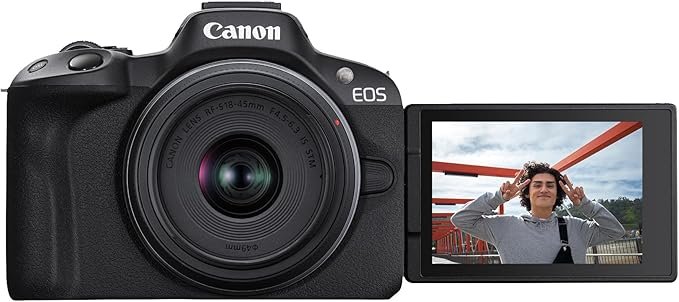



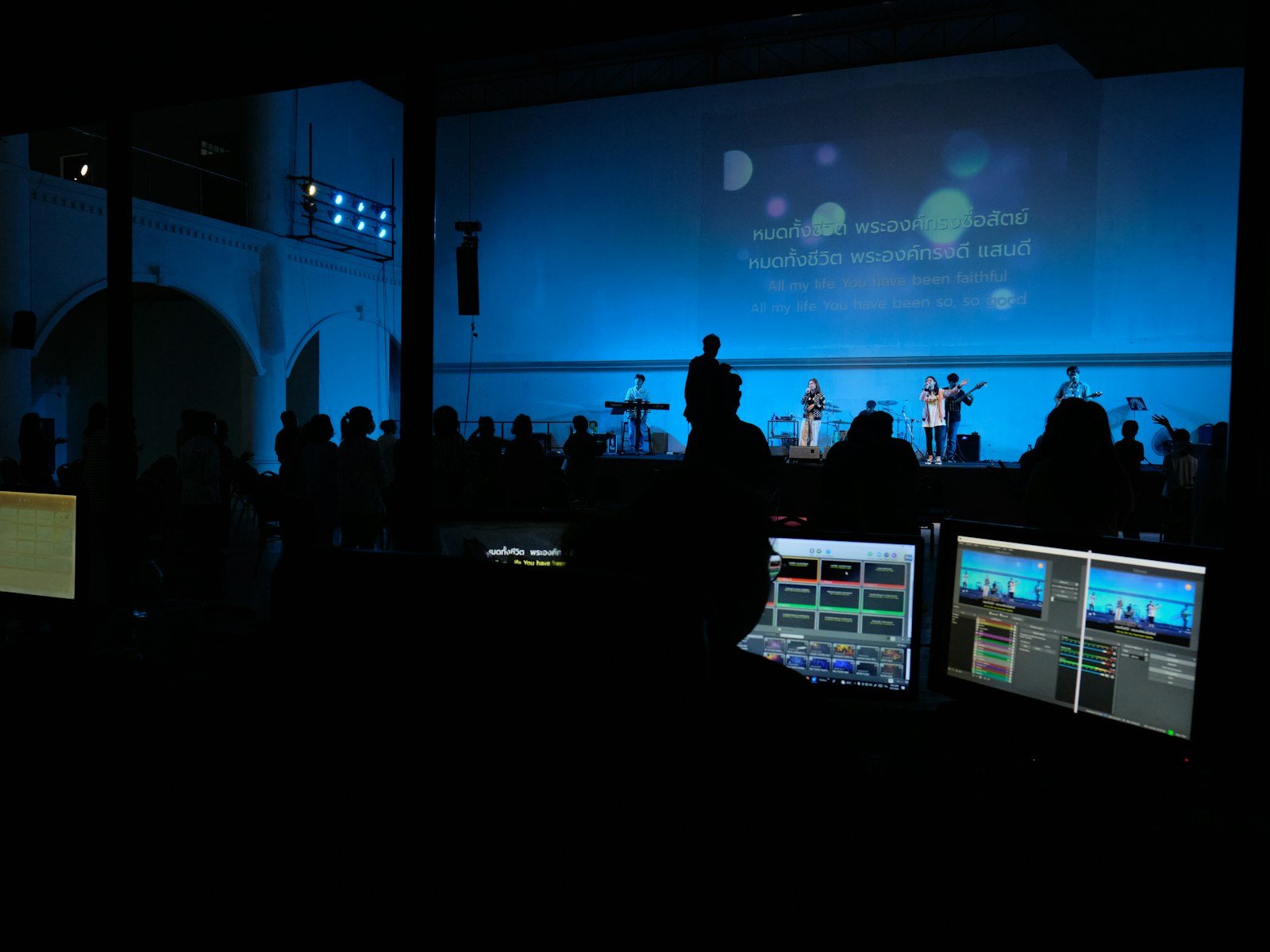
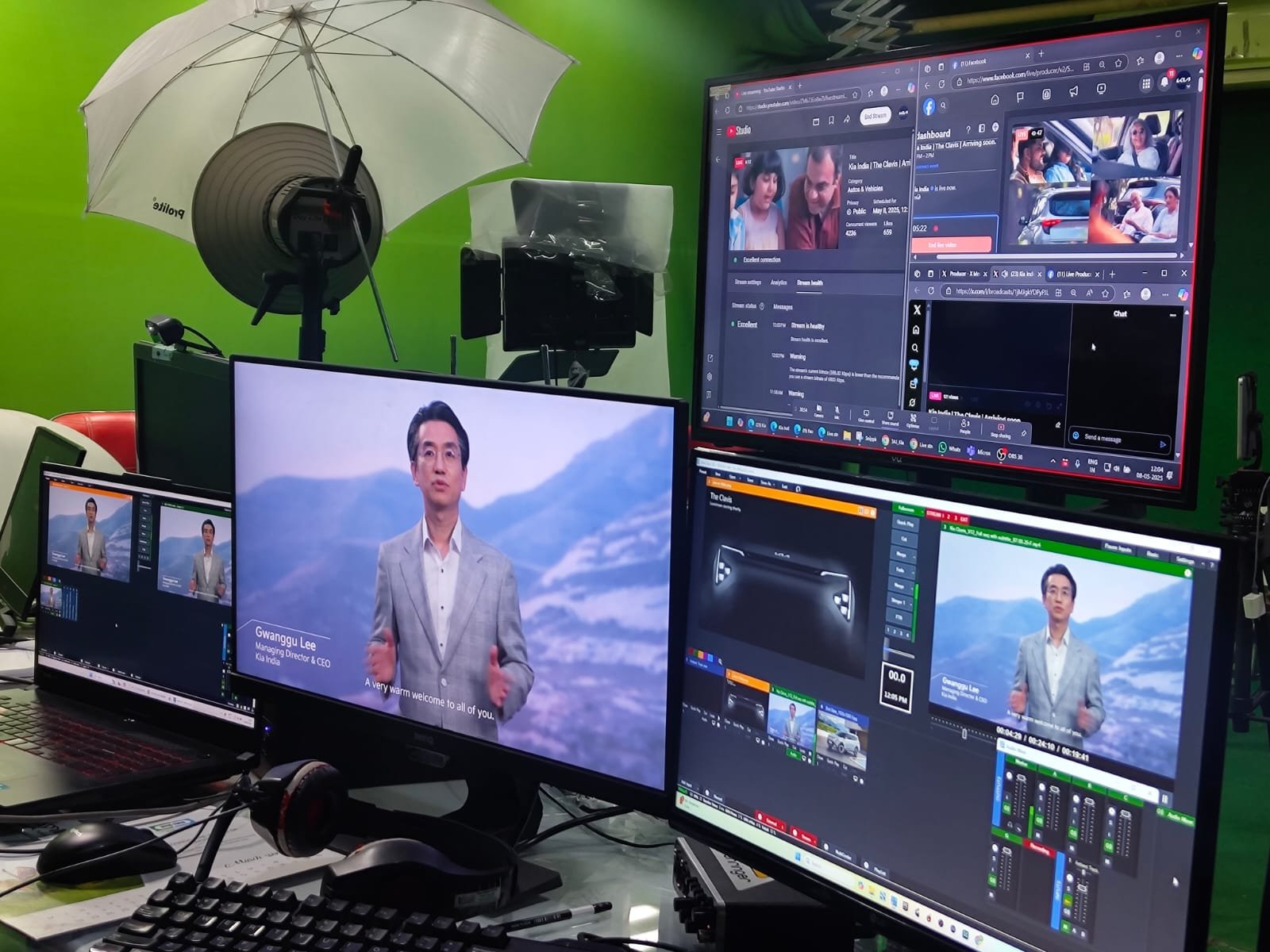
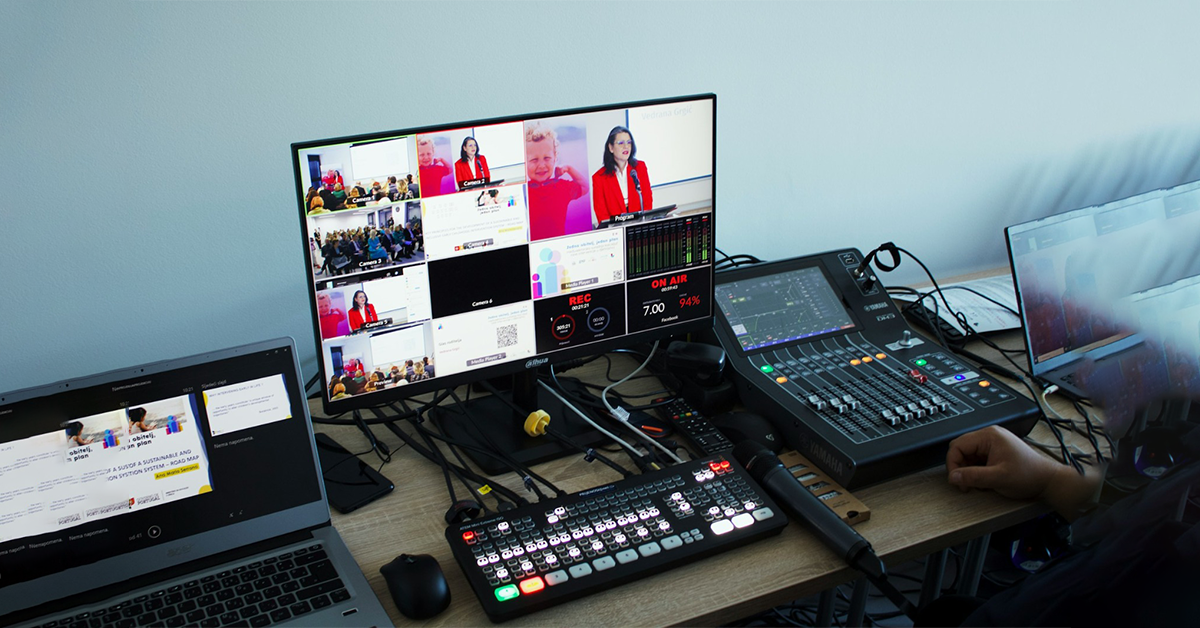
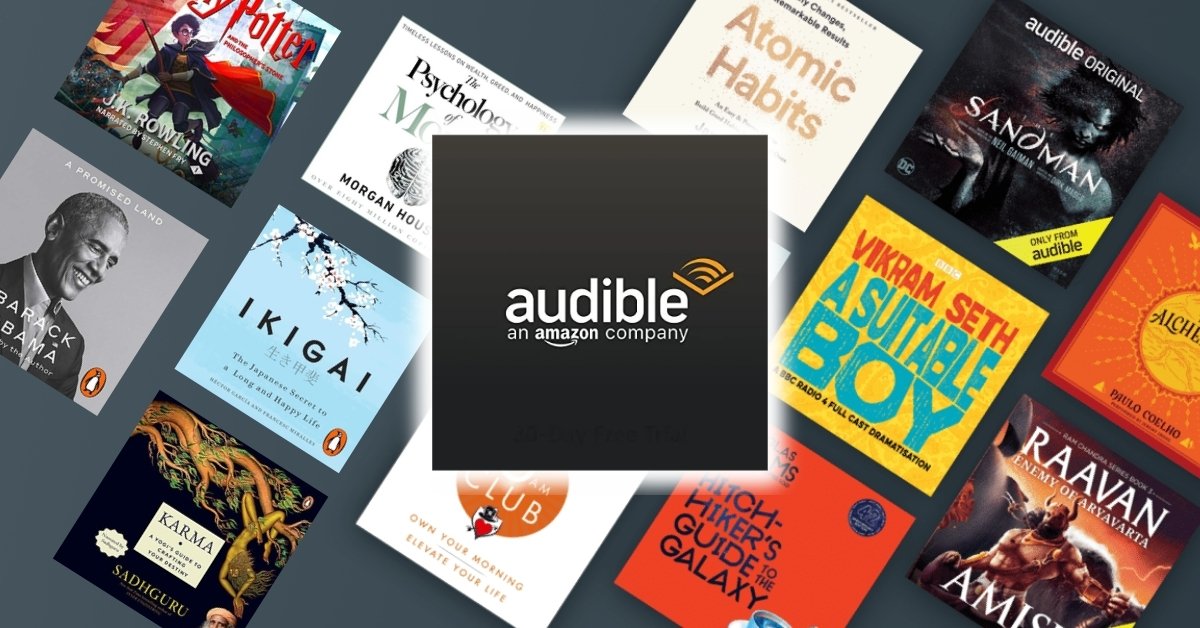
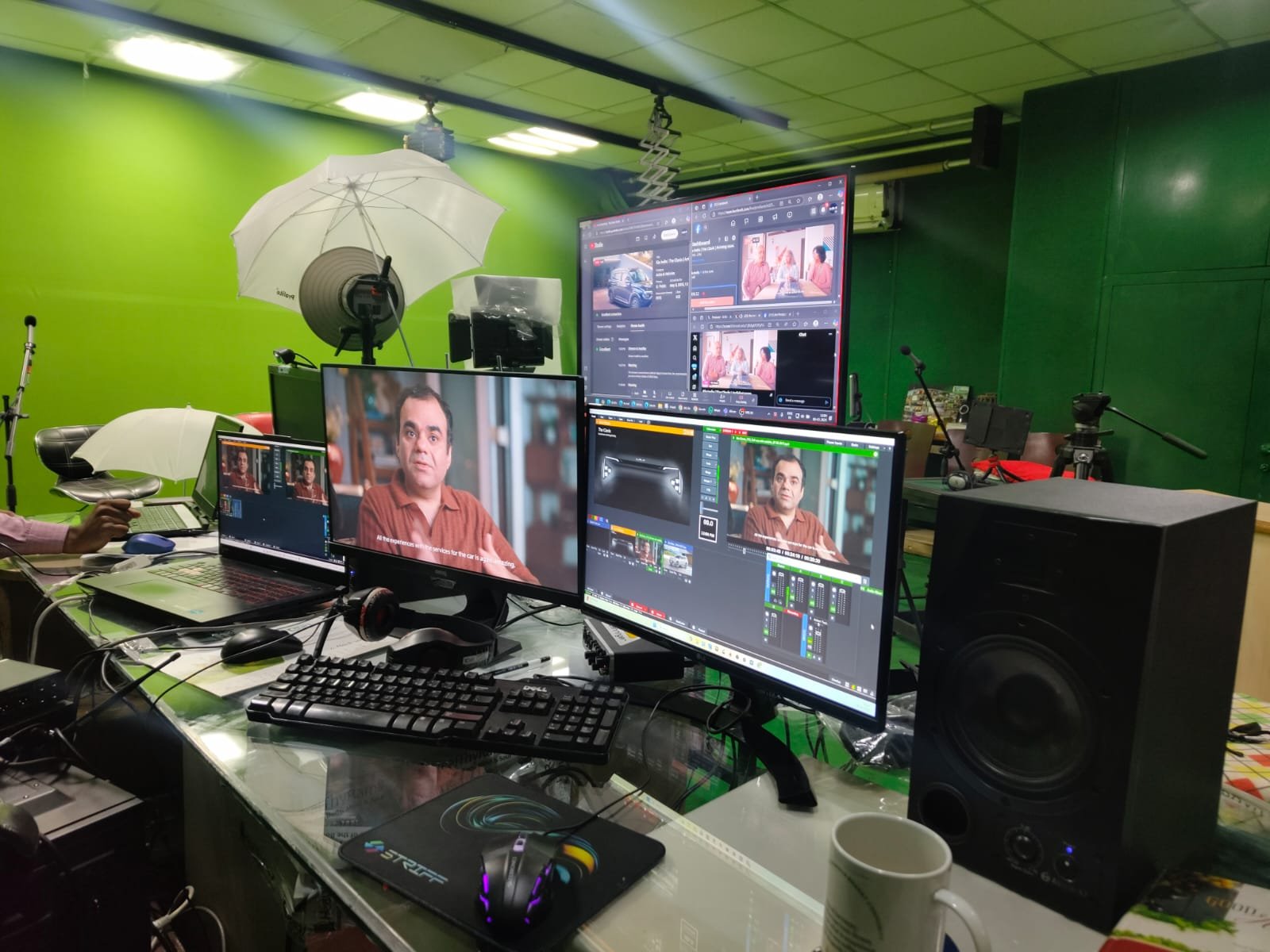
One Comment
A few months back, a friend had asked me for information on this, but then we didn’t have a dedicated listing of the best cameras in the given price range.
Dear tech team,we’d appreciate a comparison blog for the best beginner professiona cameras within a given price range for starters… between 50k to 75k + Another blog for the best value for money in the advanced range of cameras for experts say within range starting 75/80K+!
Thanks & best regards